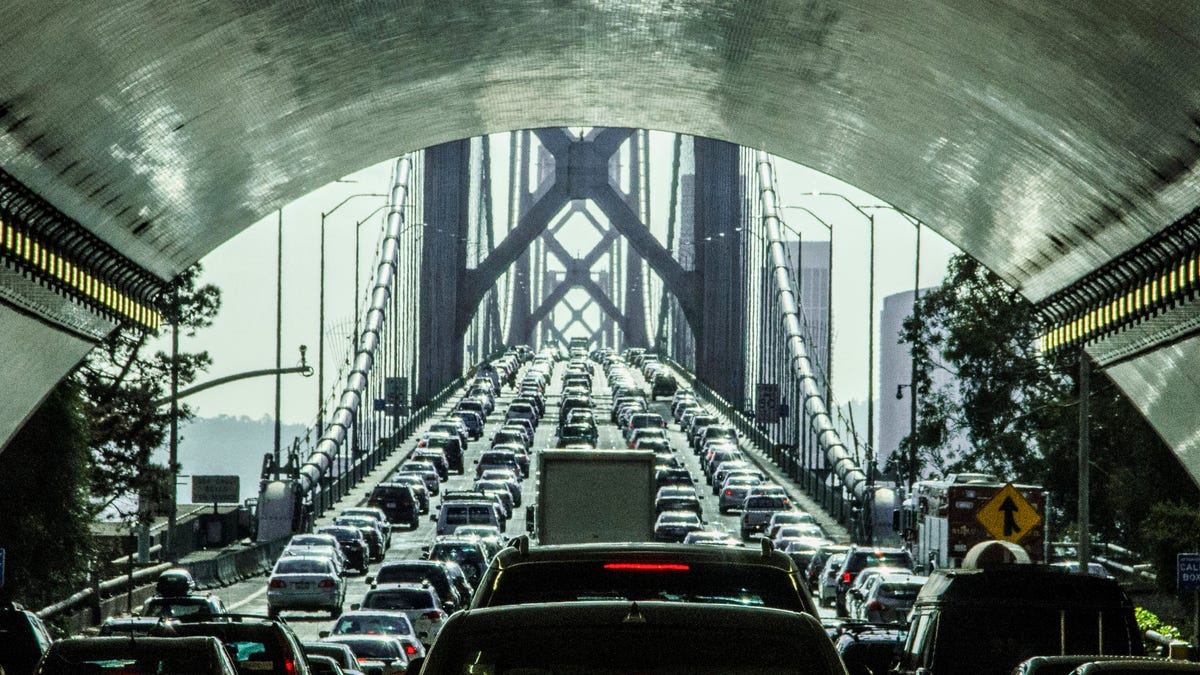America saw a 50% decrease in time spent in traffic in 2020, report says
It turns out that shelter-in-place orders had a big effect on the amount of time we spent driving.

Traffic sucks, but we had a lot less of it than usual in 2020.
It's undeniable that the COVID-19 pandemic has had a massive, sweeping impact on the way we live our lives. It changed everything, and according to a study published on Tuesday, that means traffic, too.
Now, if you're already a resident of a major city, especially one that underwent strict shelter-in-place orders in 2020, you already know that traffic got a lot lighter. It turns out that when businesses are closed and people are asked to stay home, there's generally less traffic, but exactly how big of a difference was there?
If you live in a major city in the US, that difference was somewhere around 50%. That works out to approximately 75 fewer hours spent in traffic over the year. That almost two standard, full-time work weeks that you got back. Of course, there wasn't necessarily a lot that you could do with those hours.
It wasn't just the US that saw a reduction, though. Bogota, Columbia -- a regular at the top of Inrix's most-congested lists, saw a 31% reduction in traffic congestion, with residents there averaging around 133 hours lost to traffic.
An interesting facet of the traffic drop comes from people taking fewer trips to their cities' downtown areas. For example, Portland, Oregon, saw a 66% reduction in trips downtown -- the most of any in the US -- while San Francisco followed with a 64% drop.
"Although travel to downtowns has been the most affected by the spread of the virus and subsequent government restrictions, the reduction in congestion has resulted in quicker commutes for essential workers, more reliable deliveries and streamlined freight movement, all of which are vital to the economy," said Bob Pishue, transportation analyst at Inrix, in a statement. "We expect downtown trips will continue to lag suburban and rural travel through 2021."
We're super-curious to see how these traffic numbers change for 2021 as cities start to reopen and more people are back in the workforce (we hope). Will the numbers go back to 2019 levels? Or will enough companies allow working from home so that things will stay lower?

